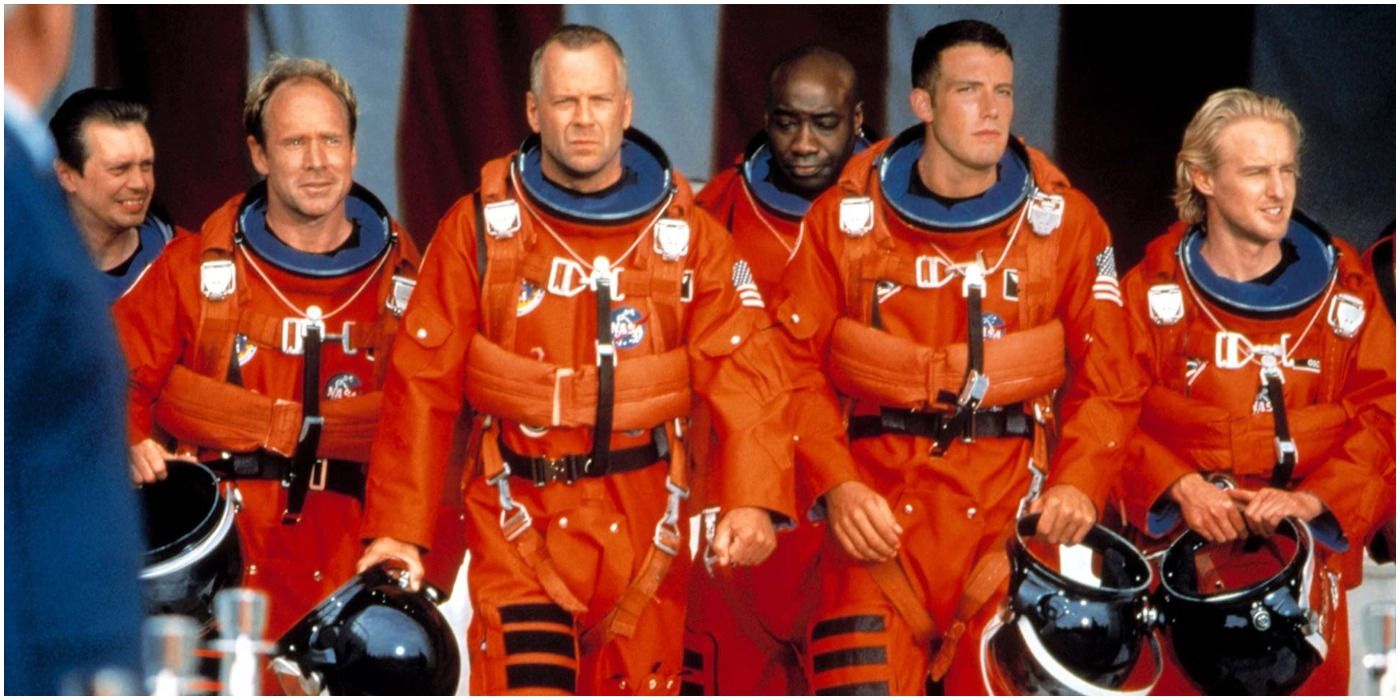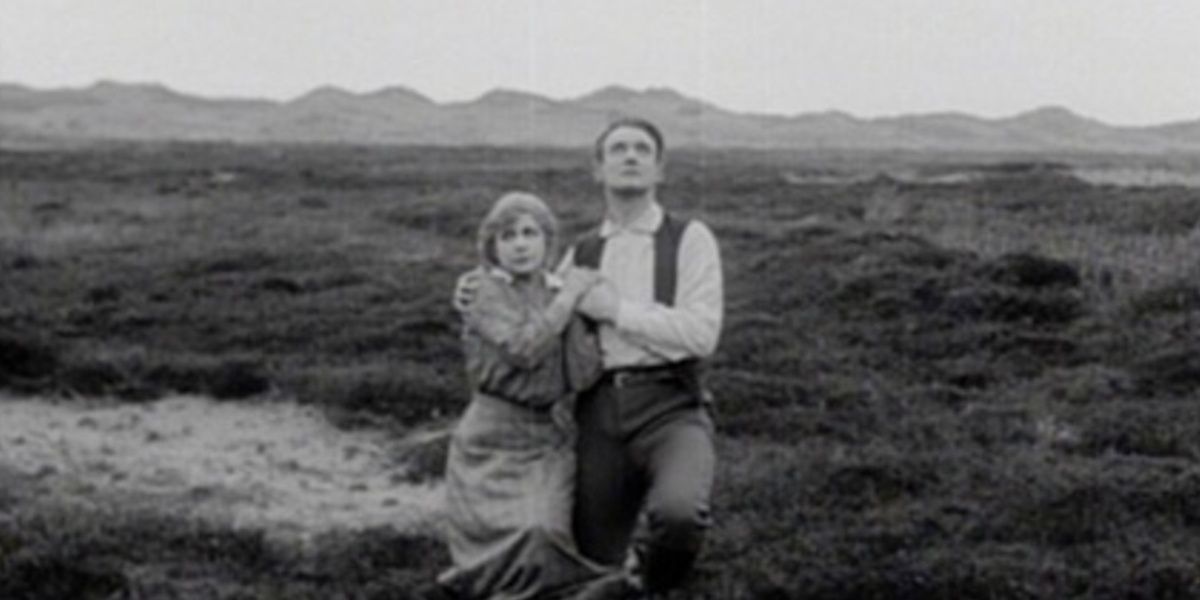Science Fiction Giant Meteor Ratio Explained

Ever since mankind was able to imagine outer space, one simple fear has haunted our minds. What if something big fell from the sky and wiped it all out? No aliens to fight, no evil masterminds, no failed scientific experiments. A mere earth, a million tons of space rock, and the end of all things.
Sci-fi horror comes in all shapes and sizes, but often the end of the world is the genre that interests us the most. If the work deals with a more universal scale, one story can end a thousand worlds. However, when the scale is more domestic, there are a few ways sci-fi writers love to use as abbreviations for the apocalypse.
There is probably no simpler metaphor in science fiction. The giant meteor is what it says on the can. Pieces of comets and asteroids that once orbited the Sun break apart and are caught in Earth’s gravity. Upon entering the atmosphere, it reaches terminal velocity. When it hits the surface, it does so with cataclysmic force. The first recorded meteor impact witnessed by humans took place in 1064 near Changzhou, China. Shen Kuo reported the sights, sounds, and his findings of the resulting crater. There are several cases of meteor strikes in Europe in the 1400s that are being studied by scientists. In 1980, a team of award-winning scientists concluded that the age of dinosaurs ended with a collision event. These elements, along with mankind’s general fear of the infinite unknown that make up the universe, have led to the storytelling tradition of objects falling from the sky.
In 1897 H.G. Wells starin many ways, a short story that codifies the apocalyptic science fiction genre. Partly inspired by Jules Verne’s 1877 work off on comet, the short story brought the “shock event” sci-fi story into the mainstream, despite not technically including a meteor. It tells the story of a rogue star that burns a swath of destruction across the galaxy as it charges. . Luckily for mankind, the stars will travel a considerable distance, melting the polar ice caps and causing a global flood. cause mass migration of humans. It’s a brighter ending than expected, but it created some movement.
Almost exactly 100 years after Verne’s classic was released, Larry Niven has taken the gigantic meteor concept for something darker and given it a great title. lucifer’s hammerIts work begins with the cataclysmic effects of a newly discovered comet’s nucleus breaking free, breaking apart, and colliding with multiple large regions. Millions die instantly, but billions die in the resulting natural disasters. It’s truly gritty and post-apocalyptic sci-fi, focusing on the nightmarish collapse of social conventions in the aftermath of a major event. Remnants of military units allied themselves with criminal gangs and resorted to cannibalism to survive, gradually morphing into something resembling a cult. The protagonists of the novel must sacrifice everything to overthrow the new order and rebuild something like society. It’s not a heartwarming story, but it conveys its acerbic tone well.
Movies have long been the setting for terrifying tales of giant meteors. During World War I, Danish filmmaker August Blom shared his feelings about his experience through his early disaster films. The end of the worldThe film was originally released in 1916, but was repackaged on a special DVD in 2006 and given the occasional title. flame swordA striking film that tells the comet disaster through a shower of sparks and flames.early examples like The end of the world The way was paved for the fateful summer of 1998. The greatest disaster movie of all time, within two months he had two giant meteor movies falling. Although it is a completely different movie, deep Impact When Armageddon Thanks to the long history of science fiction that came before them.
A giant meteor is often a shorthand shorthand for the apocalypse. It’s what people imagine when they don’t want to think too much. But there have been countless takes on the concept from many different authors.From whimsical stars to man-made space debris, a simple idea belies its wide variety of executions. Giant meteors don’t go anywhere, so it’s best to keep your eyes on the sky.















